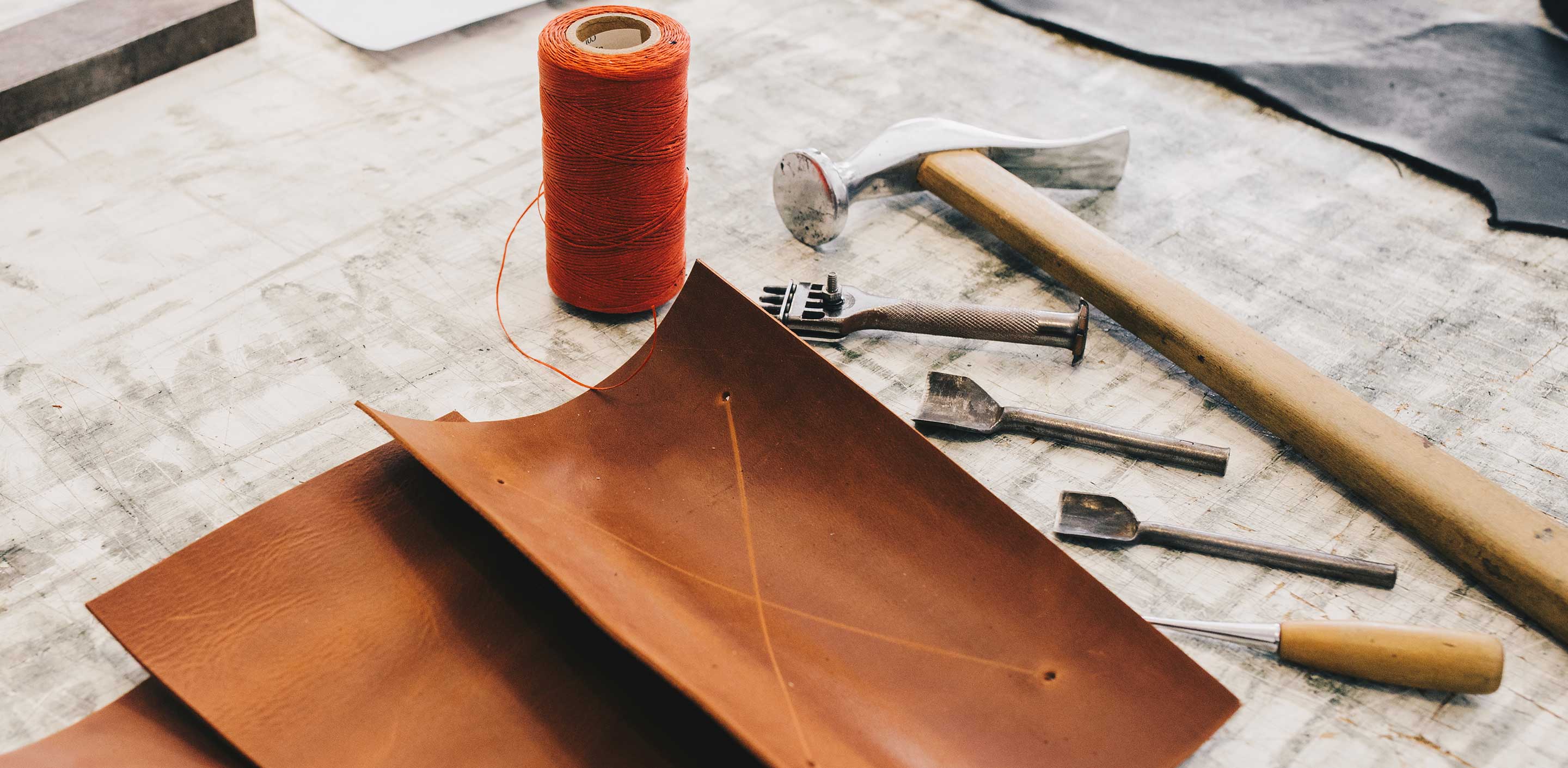Choosing the Right Leather Thickness: A Comprehensive Guide for Jackets, Bags, and Wallets

Leather, a timeless material celebrated for its durability, versatility, and style, comes in various thicknesses and types, each suited to different applications. Understanding the thickness of leather is crucial when selecting the right leather for jackets, bags, wallets, or any leather goods. This guide delves into the different types of leather and their typical thickness ranges, offering insights into choosing the appropriate leather thickness for your needs.
Leather Types and Their Thickness
1. Full-Grain Leather:
As the highest quality of leather, full-grain retains the entire thickness of the hide, featuring a range from 2 to 6 millimeters. Its thickness and intact grain give it unparalleled strength and durability, making it ideal for premium leather goods that age beautifully over time.
2. Top-Grain Leather:
A more refined version, top-grain leather has the surface slightly sanded to remove imperfections. Its thickness ranges from 1 to 5 millimeters, offering a balance between durability and flexibility, suitable for high-end fashion accessories and upholstery.
3. Corrected-Grain Leather:
Also known as genuine leather, corrected-grain has its surface treated to cover blemishes. Its thickness varies from 0.8 to 3 millimeters, making it versatile for a variety of less expensive, everyday-use items.
4. Split Leather:
Obtained from the lower layers of the hide, split leather has a thickness range from 0.6 to 2 millimeters. It's often used for suede or as a backing material, offering a cost-effective option for large-scale applications.
5. Suede Leather:
Characterized by its soft, napped surface, suede leather comes from the underside of the animal skin, with thicknesses ranging from 0.5 to 1.5 millimeters. Its lightweight and plush texture make it perfect for fashion-forward clothing and accessories.
Leather Thickness for Jackets, Bags, and Wallets
Jackets:
Leather jackets require a balance between durability and comfort. A thickness ranging from 0.8 mm (2 oz) to 1.2 mm (3 oz) provides enough protection against the elements while ensuring the jacket remains flexible and comfortable for daily wear.
Bags:
Leather bags need to withstand regular use and carry weight without losing shape. Therefore, a thickness ranging from 1 mm (2.5 oz) to 3 mm (7.5 oz) is ideal, depending on the bag's size and purpose. Thicker leather offers more structure and durability, suitable for travel bags and briefcases, while thinner leather is better for fashion purses and totes.
Wallets:
Wallets benefit from thinner leather to maintain a slim profile while offering durability. A thickness range from 0.6 mm (1.5 oz) to 1 mm (2.5 oz) strikes the perfect balance, ensuring wallets are sturdy yet not too bulky for pockets.
Conclusion
Choosing the right leather thickness for your project is essential for achieving the desired balance between aesthetics, functionality, and longevity. Whether crafting a rugged leather jacket, a stylish bag, or a sleek wallet, understanding the characteristics and applications of various leather thicknesses and types will guide you in making informed decisions. Remember, the thickness of the leather not only contributes to the item's look and feel but also its overall durability and how it ages over time, making it a crucial aspect to consider in your leather selection process.


